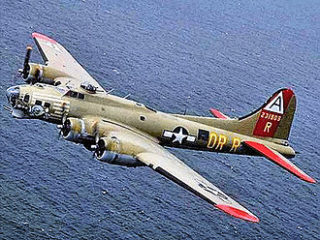On October 2, 2019, a World War II-era B-17 flying fortress bomber departed Bradley International Airport in Connecticut for a local sightseeing flight with 10 paying tourists on board. Shortly after takeoff the pilot radioed that he was returning to the airport because of an engine problem. A witness reported an engine was sputtering and smoking. Ultimately, the pilot reported a problem with yet another of the aircraft’s engines. The airplane crashed on the airport premises and burst into flames.
reported an engine was sputtering and smoking. Ultimately, the pilot reported a problem with yet another of the aircraft’s engines. The airplane crashed on the airport premises and burst into flames.
Seven occupants were killed. Two persons on the ground were injured.

The four-engine bomber should have been able to make it to the field with the engines that remained operational. But the landing gear was extended prematurely, and the added drag was too much for the aircraft to overcome. It hit the runway approach lights and crashed.
The aircraft was owned by the Collings Foundation. The pilot served as the Foundation’s director of maintenance. The NTSB found that two of the aircraft’s four engines failed to develop full power, and that the loss of power was due to the pilot’s inadequate maintenance. The NTSB also determined that the Collings Foundation’s safety management system was ineffective and failed to identify and mitigate numerous hazards, including those related to the pilot’s improper maintenance of the vintage aircraft.
Most folks who pay to get into an aircraft for a ride assume that if the aircraft or the operation was unsafe, the FAA would not allow it to fly. But the NTSB found that the FAA’s oversight was lacking as well. In essence, the FAA failed to protect the public from a shoddy operator.
Download the NTSB’s report, just released, here.




